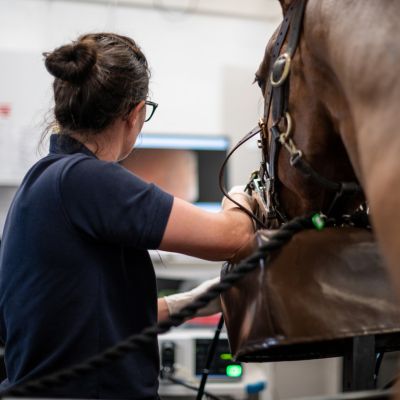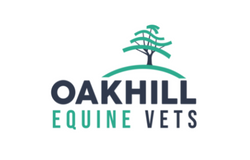Gastroscopy
The only way to definitively diagnose equine gastric ulcer syndrome
Gastric ulcers
Gastric ulceration, once considered a condition affecting only elite athletes, is increasingly recognised in our companion horses. Whilst the incidence remains highest in those horses undergoing intense exercise regimes with up to 100% of racehorses in training having gastric ulceration, up to 64% of show, sport and leisure horses may have ulcerative changes.
The only reliable method to diagnose equine gastric ulcer syndrome is by performing gastroscopy. A gastroscope is a 3m long endoscopic video camera inserted up the nostril, down the oesophagus and into the stomach.
Gastroscopy is generally undertaken at our equine clinic but can also be performed on yard. If a number of horses on your need scoping Yard Gastroscopy Days can be arranged upon request.
Signs of gastric ulcers
As horse owners it is important to be aware of the signs which may indicate that your horse is uncomfortable. The majority of horses with gastric ulcers do not show any outward clinical signs but may have more subtle symptoms such as:
- Poor performance.
- Behavioural change under saddle – resentment of girthing, unwillingness to go forward, napping and bucking.
- Behavioural change in the stable – grumpy demeanour, resentment of abdomen being touched/groomed.
- Poor coat quality.
- Reduced appetite.
- Ill thrift.
- Loose droppings.
- Recurrent signs of colic.
- Development of crib biting/wind sucking behaviours.

How do we diagnose gastric ulceration?
Gastroscopy remains the only way to definitively diagnose gastric ulceration. It enables us to determine if ulcers are present or not, the regions of stomach affected and the ulcer grade. From here we can develop appropriate treatment regimes and monitor response to treatment.
The procedure is performed under standing sedation following a 16-hour starve and is tolerated really well by our patients. Once the procedure has been performed, a tailored treatment plan is formulated for your horse and once your horse is awake from sedation, feeding is gradually reintroduced.
Call us to book